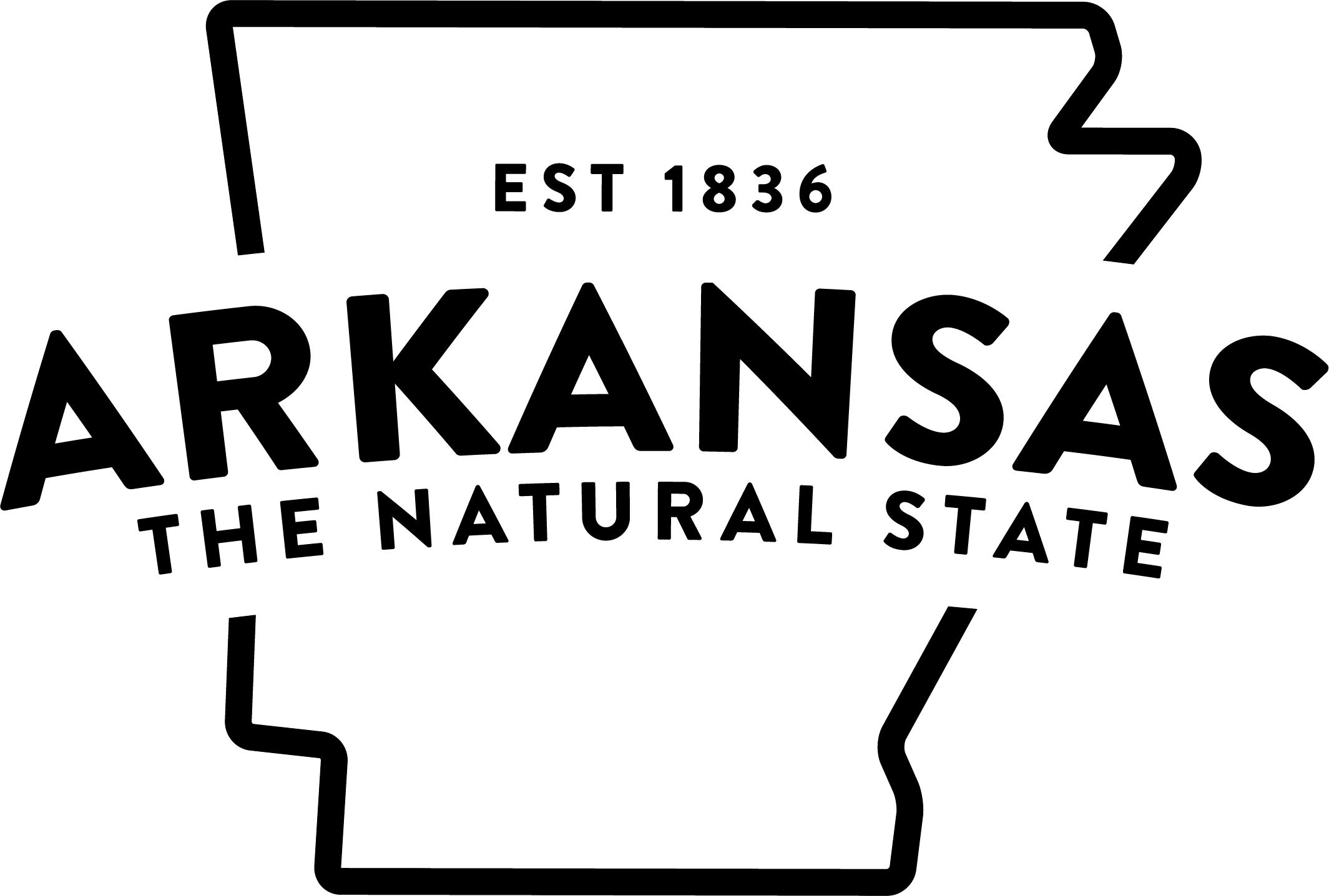UA, Forest Service in Partnership at Lake Wedington Recreation Area
Jill M. Rohrbach, travel writer
Arkansas Tourism
WEDINGTON – A new and unique partnership between the University of Arkansas and the U.S. Forest Service is designed to promote renewed interest in and improve amenities at the Lake Wedington Recreation Area, 13 miles west of Fayetteville. Under the agreement, approved this spring, the UA has assumed management of the historic area.
Born out of the Depression and built by that era's Works Progress Administration (WPA), the 37-acre recreation area surrounds a 102-acre lake located amid a lush hardwood forest. When opened in 1938, Lake Wedington attracted visitors from as far away as Texas. Now on the National Register of Historic Places, it is one of northwest Arkansas' best-kept recreational secrets.
Overnight guests can stay in any of the six recently refurbished cabins built by the WPA. The air-conditioned cabins have fully equipped kitchenettes and sleep from three to six persons with rents ranging from $60 to $80 per night.
There are 18 family-unit campsites with hot showers at the restroom facility and 19 family-unit picnicking sites. playgrounds, swimming, paddleboat and canoe rentals, volleyball courts, horseshoes and a snack bar are available during the summer. A seven-mile hiking trail is open year-round. Other amenities include a lodge, pavilion, boat launching ramp and boathouse. The lake contains bass, bream, crappie, and catfish.
"It's a great family getaway, not overrun with folks," says Gary Williams, a district ranger with the Forest Service. The service manages the 16,000-acre Wedington unit of the million-acre Ozark National Forest through its Boston Mountain Ranger District. The cabins at Lake Wedington, Williams said, are often available when those at ultra-popular places such as Devil's Den State Park near West Fork are booked.
In the partnership, the university will benefit by gaining an outdoor learning lab for students of such disciplines as biology, recreation and landscape architecture, allowing them to combine academics with practice in the field. Two doctoral students will also work on the project.
"It's pretty unique. I don’t know of another partnering like it in the nation," says Williams. Dr. Collis Green, UA associate vice-chancellor for research adds, "Together we're going to be much better than we would be individually."
With Washington and Benton counties experiencing some of Arkansas' fastest population growth, says Charles Richmond, forest supervisor for the Ozark-St. Francis National Forests, "we need to provide the public with as much recreation as possible, and partnership is the way to do that."
The Lake Wedington area has also been established as a Cooperative Wildlife Management Area, with the Forest Service and Arkansas Game and Fish Commission entering into a partnership to improve area wildlife habitat. Game and Fish will control land use and give wildlife special designation, restricting some hunting until wildlife species can gain a better foothold in the area. Deer, turkey and quail are in very low numbers in the forest.
"We'll manage everything from songbirds to hunting," explains Bob McAnally, Game and Fish wildlife management regional supervisor for the western Ozarks.
"Deer and turkey are few and far between now days," explains Richmond. "In the winter we trapped turkeys and brought them here. We're going to try to get this area back to where it should be regarding wildlife."
Such restorative partnerships are reminiscent of the federal efforts that created the Lake Wedington Recreation Area. In the 1930s, the region was mostly over-cultivated pasture and cropland, stripped of game and woodlands. Hit hard by the Depression, some farmers were stranded on the soil until the federal government bought their land and resettled their families on better farms. It was from such conditions that the recreation area was given life by the WPA.
Under the guidance of the Soil Conservation Service, the WPA employed local men to replant trees and to construct the lake, cabins, lodge and other recreational facilities. All of the buildings were made with timber and stone taken directly from the site. By 1954, the administration of the land was passed to the Forest Service.
Another partnership was begun in 1988. After 50 years of use, the area needed major repairs. A group of volunteers formed Friends of Lake Wedington to restore the abandoned cabins. With the Forest Service, the organization continues to refurbish the buildings and update the facilities.
Ann Sugg, president of Friends of Lake Wedington, says she is encouraged that the university is overseeing the area. Wedington is dear to her heart because she grew up on the land. More than 65 years ago, her father was the Wedington project manager.
"It was primarily built by men and mules," says Sugg. "Those were Depression times. People who worked on WPA were thankful to get the jobs." She remembers the area's popularity and notes, "There was not a Beaver Lake." (Constructed by the U.S. Army Corps of Engineers in the 1960s, Beaver is the largest lake in northwest Arkansas and has numerous recreational sites along its more than 460 miles of shoreline.)
The Lake Wedington Recreation Area can be reached from Fayetteville by traveling Ark. 16 west for 13 miles. The route is easily negotiable by camping trailers. Campsites are $8 per night and are not reservable. The cabins, lodge and pavilion may be rented by calling 501-667-2191.
Submitted by the Arkansas Department of Parks & Tourism
One Capitol Mall, Little Rock, AR 72201, 501-682-7606
E-mail: info@arkansas.com
May be used without permission. Credit line is appreciated:
"Arkansas Department of Parks & Tourism"
